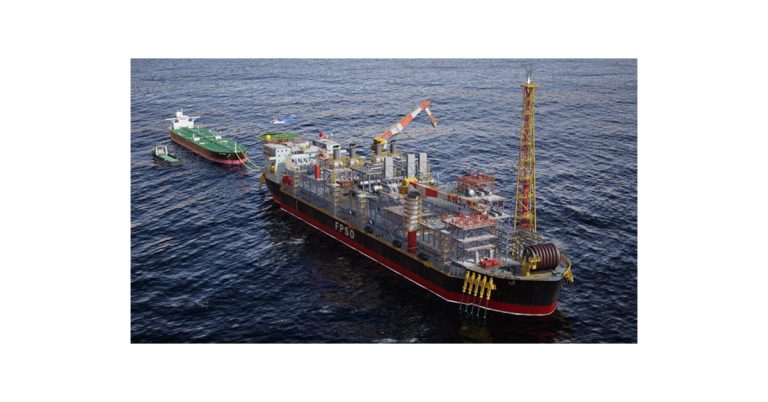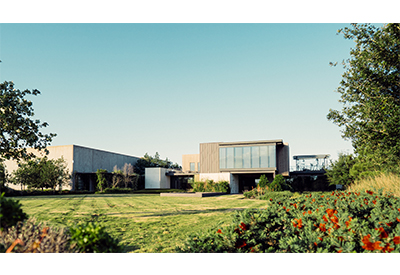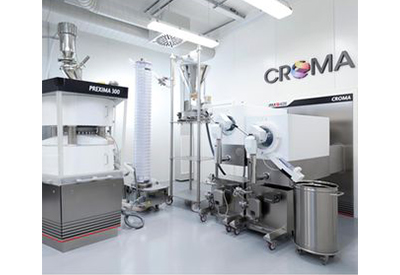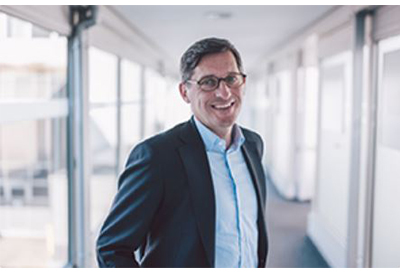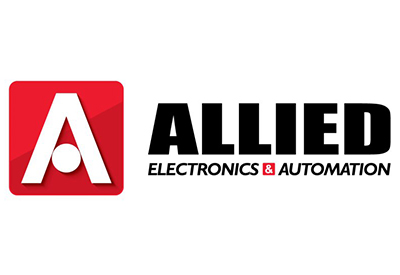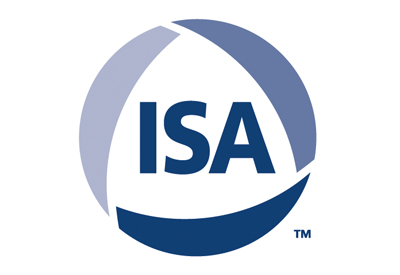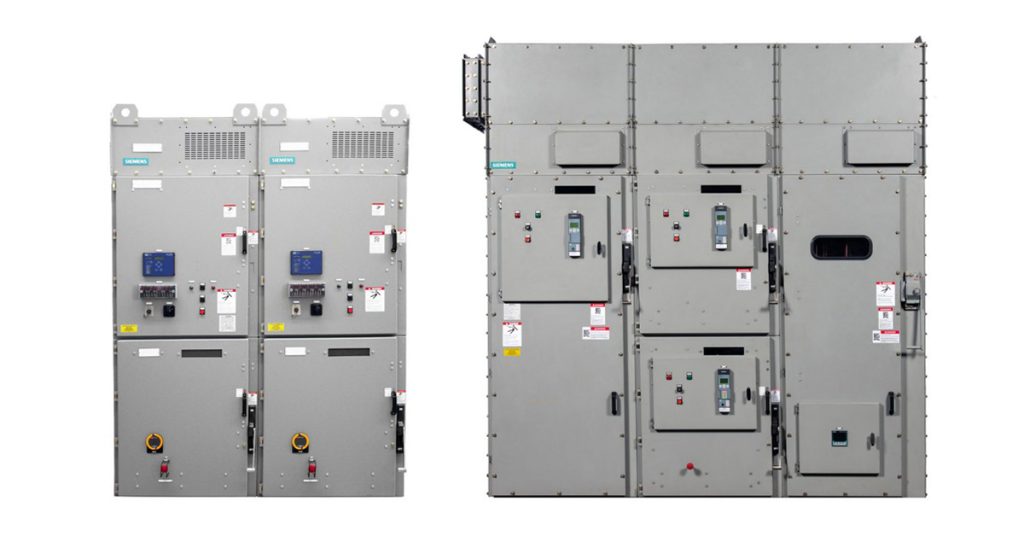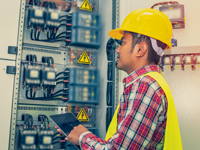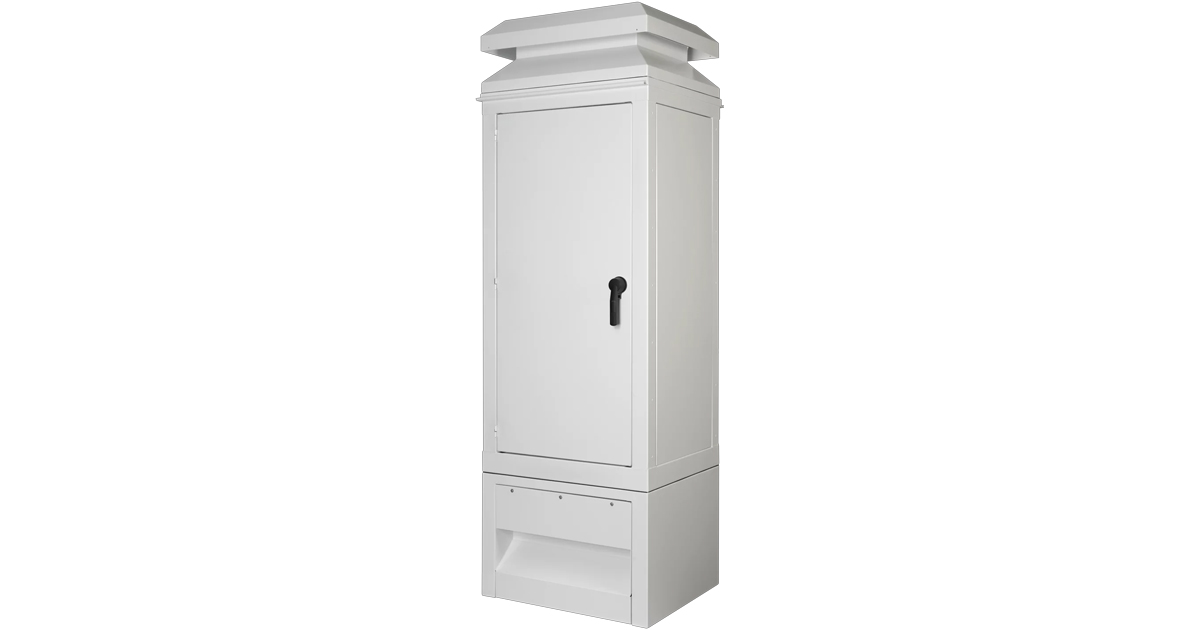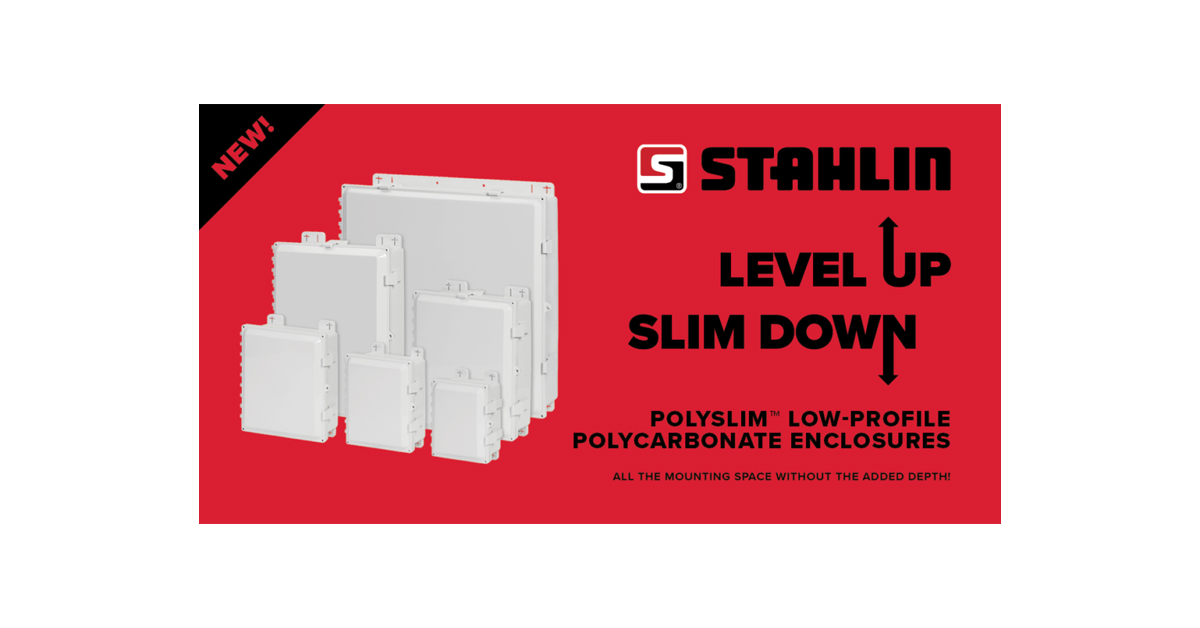Supercharging Public-Private Efforts in the Race to Net-Zero and Climate Resilience
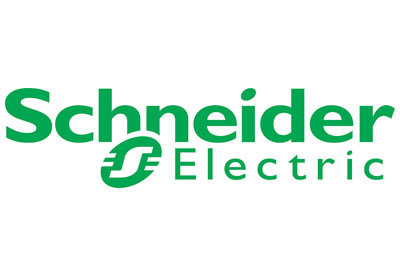
June 14, 2021
By Thomas Eck, Media Relations Manager, Schneider Electric
We need bold action now for a just transition
With the ongoing challenge of the COVID pandemic, it is easy to forget that climate change is an immediate and growing threat to people, ecosystems, and economies – with our current trajectory leading us to potentially irreversible outcomes. To avoid the worst impacts of climate change we need to limit warming to 1.5°C, which will require nearly halving greenhouse gas emissions by 2030 and reaching net-zero by 2050. This drastic departure from today’s emissions growth trajectory requires bold action across private and public sectors five months before COP26 in November.
Business is taking action
Recognizing the urgency to act on climate change, many businesses are already stepping up. At least one-fifth of the world’s largest 2000 public companies, many of which we lead, has now committed to meet net-zero targets by mid-century or sooner, and the number is growing fast. The Race to Zero initiative championed by UNFCCC and COP26 is working with hundreds of companies and investors across the global economy to scale climate change solutions. In addition, our Alliance of 90 global CEOs and rising is helping to accelerate the transition to a net-zero economy through credible cross-sector collaboration: our members disclose emissions, set aggressive emissions reduction targets, embrace the right policies towards a low carbon economy and take actions in their businesses while encouraging and collaborating with others to do the same.
We call upon all world leaders including those meeting at the G7 Summit this week to deliver on our shared climate ambitions and enable a net-zero world – and additionally to work together with the private sector for bolder actions on shared ambitions within a clearer and more ambitious policy framework.
Transformative policy change is needed for full decarbonization
Governments are also starting to move: countries that emit over 60% of the world’s greenhouse gas emissions have now committed to net-zero and carbon neutrality targets by around mid-century.
We now need these commitments to turn into actions, especially in the short term. This is because action from governments can accelerate even more action from companies. To decarbonize at the speed and scale required to achieve net-zero by 2050 at the latest, we urgently need transformative policy change. The Alliance is looking to governments to accelerate the transition before COP26 and beyond and calls on world leaders to:
- – Publish ambitious and 1.5C-aligned Nationally Determined Contributions that halve emissions by 2030 Commit to net-zero by 2050, underpinned by robust policy roadmaps and interim targets
- – Ensure that developed countries meet and exceed their $100B commitment to support developing countries mitigate and adapt to climate change, and ensure the major development finance institutions also commit to science-based guidelines across their lending portfolios
Further, government support at a system level is needed to accelerate progress by business:
- – Develop market-based meaningful and broadly accepted carbon pricing mechanisms with an escalating carbon price to enable greater competitiveness of low-carbon technologies, and control leakage through international cooperation on a global, connected carbon market
- – Compel all businesses to establish credible decarbonisation targets, fully disclose emissions across all scopes using consistent standards, and disclose climate-related risks and opportunities
- – Eliminate fossil fuel subsidies and cut tariffs on climate-friendly goods
- – Boost R&D and funding for green tech innovation, including for scaling of existing, proven solutions across value chains (esp. in carbon-intensive sectors) and for carbon removals
- – Invest in climate adaptation: create resilient cities and infrastructure by scaling natural disaster defences and risk transfer solutions, for example by advancing climate-resilient, sustainable food production and securing water supply
- – Implement a suite of sector-specific incentives and actions, including:
- – Power: phase out coal (with provision of worker funding and reskilling for a just transition), rapidly scale up renewable energy targets, and invest in required grid infrastructure and storage
- – Transport: promote low-carbon modes of transport, electrification of transport, and invest in charging infrastructure
- – Buildings and cities: accelerate renovation (insulation, heating/cooling) and promote international standards aimed at boosting green procurement and improving appliance efficiency
- – Industry: support the development of material and process carbon-efficiency standards and encourage procurement of green industrial goods while promoting circularity of materials
- – Land and agriculture: promote partnerships to eliminate deforestation and promote restoration of degraded lands, while encouraging circular, regenerative, and climate smart practices with a focus on people, planet, and biodiversity
- – Finance: boost green finance (e.g. through fiscal and/or monetary policy) and climate related risk transfer mechanisms
A sustainable and prosperous future?
Although the challenges ahead of us are substantial, we can deliver a just transition to a net-zero world. The transition has the potential to bring prosperity through green growth and jobs that set us 4 The Report of the High-Level Commission on Carbon Prices concludes that the explicit carbon-price level consistent with achieving the Paris temperature target is at least US$40–80/tCO2 by 2020 and US$50– 100/tCO2 by 2030 3 on an equitable path. Not taking mitigating actions against climate change could shrink global GDP by up to 18% in the next 30 years. On the other hand, measures to green the production and use of energy could create 18 million additional jobs by 2030, while protecting the current 1.2 billion jobs that rely directly on a healthy and stable environment.
Members of our Alliance have made clear commitments and are working to transition their businesses to net-zero. Greater collaboration between business and government on achieving our net-zero ambitions can help accelerate this process for the benefit of our economies and societies.
As the Alliance of CEO Climate Leaders, we stand ready to work side-by-side with governments to support these policies and transform the scale of public-private effort this decade in the race to net zero, for the benefit of people today and for generations to come.
![]()

